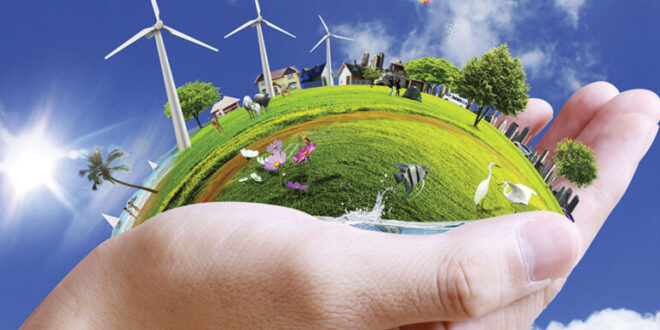As governments worldwide introduce new climate policies with greater levels of funding for renewable energy projects and decarbonisation efforts, more and more companies are launching green energy projects. But with more clean energy comes a higher demand for key metals and minerals, needed for renewable energy equipment components, electric vehicles, batteries and much more. And the International Energy Agency (IEA) believes the global demand for these materials could rise even further than the current forecasts say.
Global investment in critical minerals increased by 30 percent in 2022, following a rise of 20 percent the previous year. This was largely due to governments pushing a shift away from fossil fuels to renewable alternatives, which has fuelled the development of new renewable energy projects around the globe. The critical minerals market for clean energy reached $320 billion last year and is expected to continue growing. And mining companies are rapidly trying to ensure production catches up to the rising global demand for these metals and minerals.
An IEA report from July suggests that the demand for critical minerals could grow even more than originally anticipated. The report points out that the market has doubled in size over the last five years, and thanks to the rapid deployment of clean energy technologies, demand for minerals such as lithium, cobalt, nickel and copper is expected to rise exponentially over the coming decades. From 2017 to 2022, demand for lithium tripled, demand for cobalt rose by 70 percent, and for nickel by 40 percent. As such, investment in the development of the critical minerals industry also increased last year, with a funding increase in the lithium industry of 50 percent, and a significant increase in investment in copper and nickel.
The IEA’s Executive Director, Fatih Birol, stated “At a pivotal moment for clean energy transitions worldwide, we are encouraged by the rapid growth in the market for critical minerals, which are crucial for the world to achieve its energy and climate goals.” He added, “Even so, major challenges remain. Much more needs to be done to ensure supply chains for critical minerals are secure and sustainable. The IEA will continue its early leadership in this space with cutting-edge research and analysis – and by bringing together governments, companies and other stakeholders to drive progress, notably at our Critical Minerals and Clean Energy Summit on 28 September.”
The IEA predicts that the supply of critical minerals could increase to meet the huge demand. However, this will require the development of several new mining projects worldwide. The report stated that challenges include the risk of project delays and “technology-specific shortfalls”, which provide “little room for complacency about the adequacy of supply.” To achieve the Paris Agreement pledge of a global temperature rise of well below 2 degrees centigrade, the mineral production required for clean energy technologies would need to quadruple, while achieving net zero worldwide by 2050 would require around six times the minerals being used today.
The agency emphasises the importance of supply diversity, following the extensive supply chain constraints seen during the pandemic. Several already dominant countries are the ones making new project announcements. In addition, the need to rapidly expand mining operations has meant that environmental, social and governance (ESG) practices are often overlooked. The quantity of greenhouse gas emissions from projects has remained approximately the same per tonne of mineral output every year in recent years.
In addition to well-established energy and mining companies, several start-ups have announced plans for new metals and minerals projects, encouraged by greater funding opportunities from several governments worldwide. In fact, start-ups in the critical minerals sector raised a record $1.6 billion last year. Several investors are betting big on start-ups in the mining sector. For example, California-based KoBold Metals, which explores for metals such as copper, lithium and cobalt using artificial intelligence has raised $200 million in a fundraising round, with a valuation of over $1 billion. The company will put some of the funding towards developing a copper mine in Zambia.
As well as metal and mineral mining, there is significant potential for the green technologies recycling industry. At present, there is little public awareness about the need to recycle lithium batteries, with many batteries sitting in unused phones and laptops in people’s homes. Developing the renewables recycling industry could help recover the lithium and other minerals, in these devices to be reused in new products. This will likely become necessary in the coming decades due to the finite quantity of metals and minerals available from the ground.
As the demand for critical metals and minerals required for green technologies continues to increase at an unprecedented rate, mining companies will also need to pick up the pace. The IEA believes that a diverse range of new mining projects will be needed around the globe to support the rising demand for minerals. And both well-established companies, as well as several start-ups, appear to be responding to this demand, encouraged by new government climate policies and greater funding opportunities. This could be further supported by the development of the renewable recycling industry.

 Iran Energy News Oil, Gas, Petrochemical and Energy Field Specialized Channel
Iran Energy News Oil, Gas, Petrochemical and Energy Field Specialized Channel



